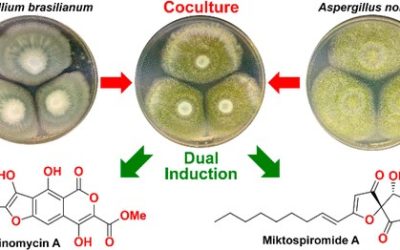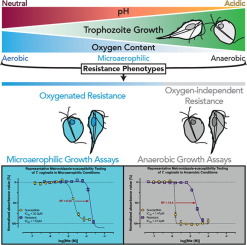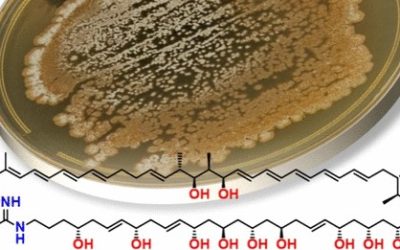Kwang-jin Cho, Jin-Hee Park, Andrew M. Piggott, Angela A. Salim, Alemaheyu A. Gorfe, Robert G. Parton, Robert J. Capon, Ernest Lacey, John F. Hancock
Journal of Biological Chemistry. 2012, 287, 43573-43584.
Publication Date: December, 2012
https://doi.org/10.1074/jbc.M112.424457
Abstract:
Oncogenic mutant Ras is frequently expressed in human cancers, but no anti-Ras drugs have been developed. Since membrane association is essential for Ras biological activity, we developed a high content assay for inhibitors of Ras plasma membrane localization. We discovered that staurosporine and analogs potently inhibit Ras plasma membrane binding by blocking endosomal recycling of phosphatidylserine, resulting in redistribution of phosphatidylserine from plasma membrane to endomembrane. Staurosporines are more active against K-Ras than H-Ras. K-Ras is displaced to endosomes and undergoes proteasomal-independent degradation, whereas H-Ras redistributes to the Golgi and is not degraded. K-Ras nanoclustering on the plasma membrane is also inhibited. Ras mislocalization does not correlate with protein kinase C inhibition or induction of apoptosis. Staurosporines selectively abrogate K-Ras signaling and proliferation of K-Ras-transformed cells. These results identify staurosporines as novel inhibitors of phosphatidylserine trafficking, yield new insights into the role of phosphatidylserine and electrostatics in Ras plasma membrane targeting, and validate a new target for anti-Ras therapeutics.


